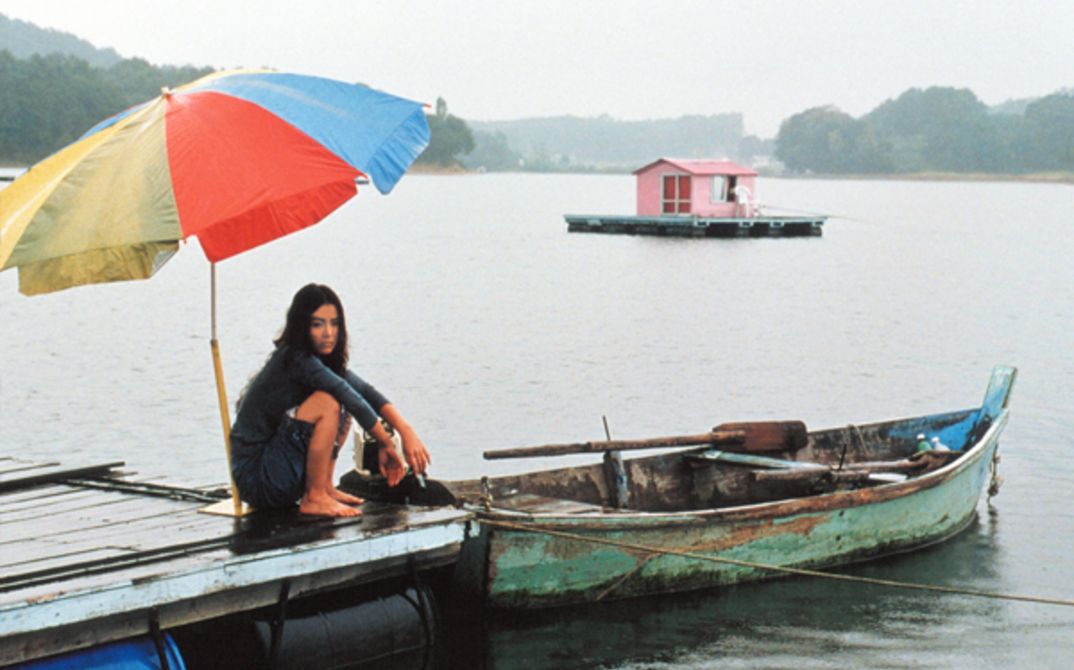
Kim Ki-duk Retrospective
Kim Ki-duk (*1960) is the great "Man of Sorrows" of Korean film. His 19 films so far - 17 of which we present in this retrospective with the support of Berlin's Korean Cultural Center (we hope to screen his most recent film, MOEBIUS, at the beginning of October) - are passion plays of violence about ill-treated creatures and hurt and traumatized bodies. Whereas most mainstream Korean films revel in shiny consumer worlds, Kim Ki-duk has, ever since his 1995 debut CROCODILE to last year's PIETA, remained true to himself as a chronicler of the Korean (sub)-proletariat. His films depict a Korea left by the wayside during the economic boom that is populated by under-privileged and anti-social outsiders - small-time criminals, pimps, prostitutes, madmen and disabled people. These characters function outside the socialization process and posess their own singular form of voicelessness which make them incapable of articulation and communication. The films merge poetically into the protagonists' muteness: Dialogue is reduced to a minimum, gestures and gazes are expressively charged, the body itself speaks.
Kim Ki-duk's expressionism is inspired by painting. In the early 1990s, he tried out his luck as a painter in Paris before teaching himself film. His favorite painter is Egon Schiele, whose portraits' fragile physicality find their counterpart in his films in the expressive elevation of injured bodies. Even Kim Ki-duk's early films manifest a desire to go against naturalistic stylization that later expands into the mythological realm in his international breakthrough THE ISLE (2000). Sexual animal symbolism and fabulous ghost fantasies increasingly blend into plots that begin realistically. BIN-JIP (2004) develops almost imperceptibly from a romance to a gentle tale of necromancy.
